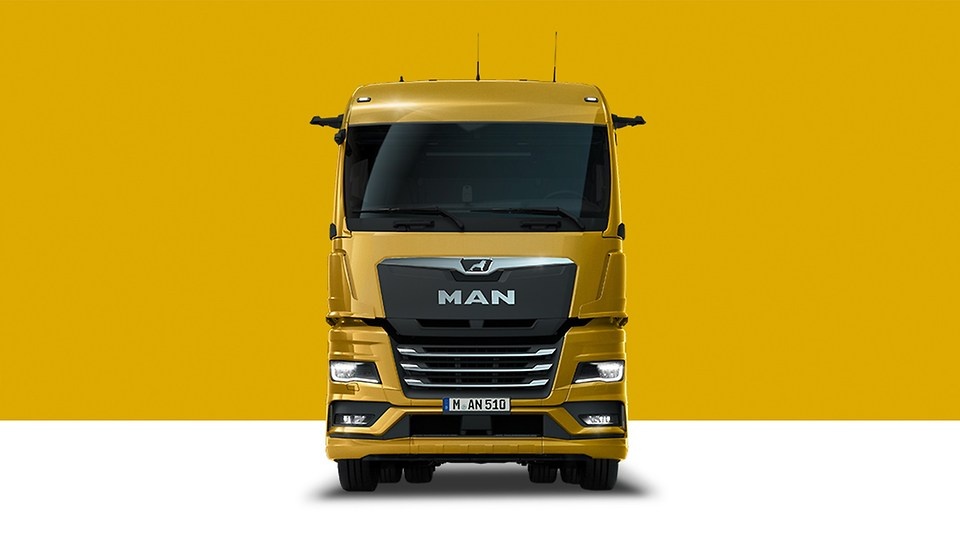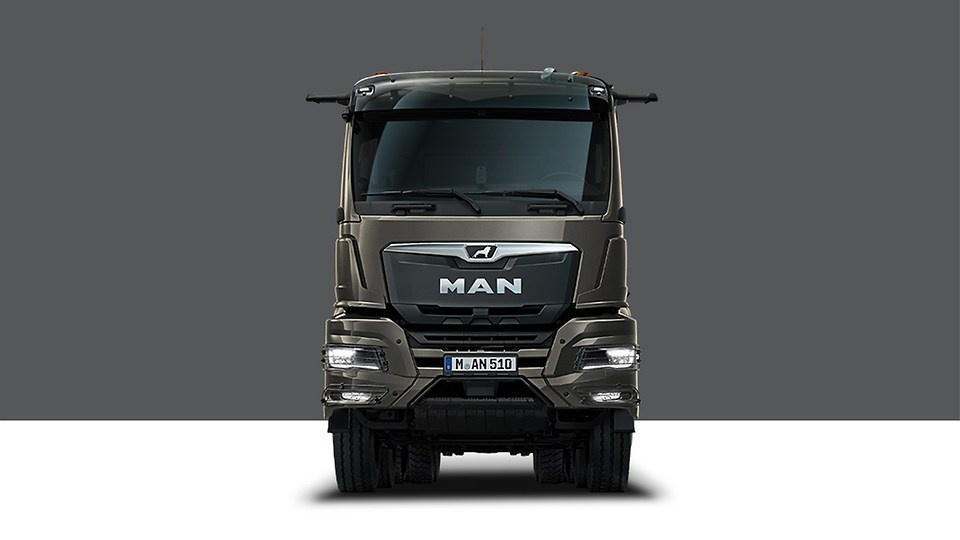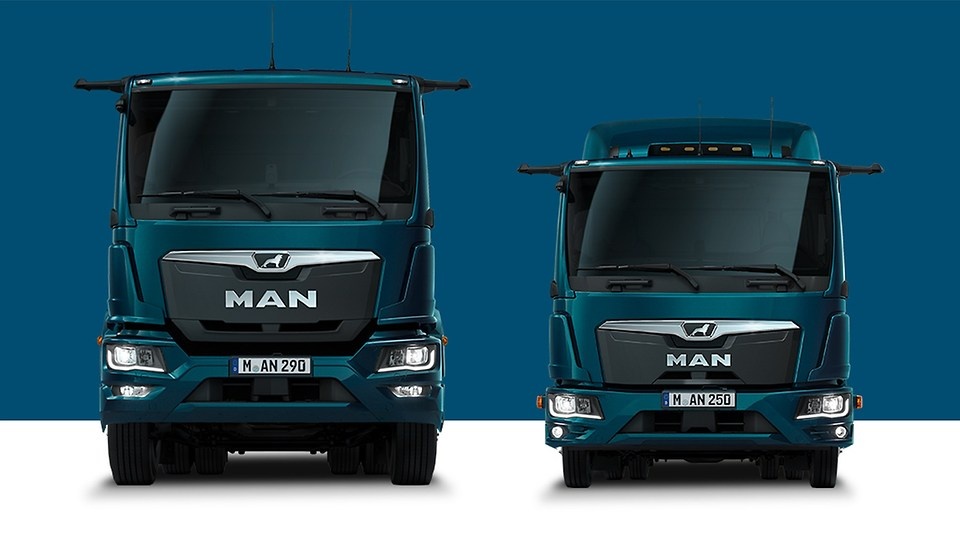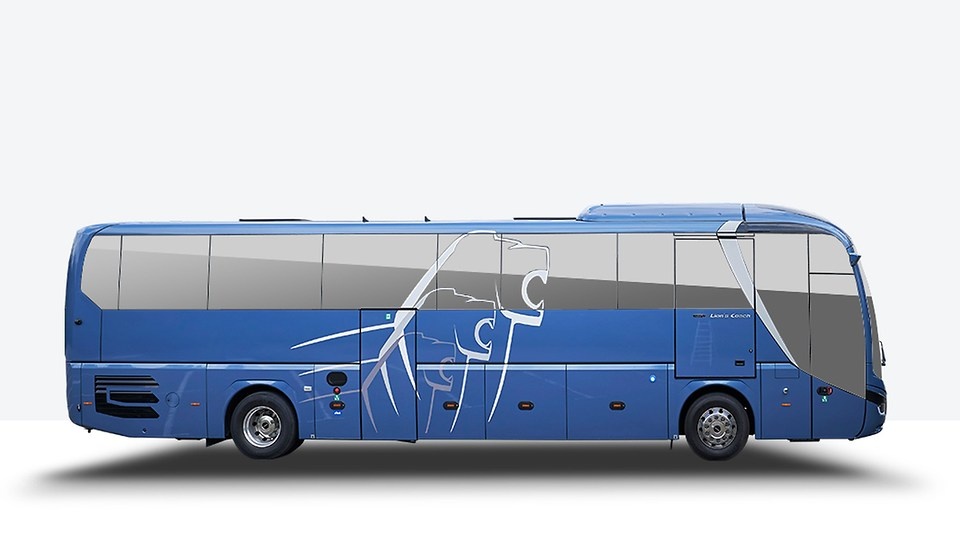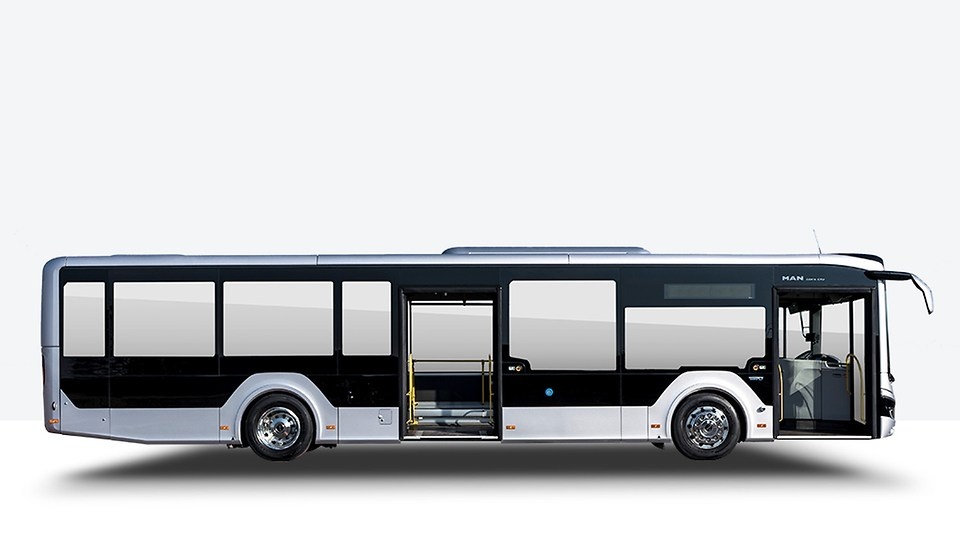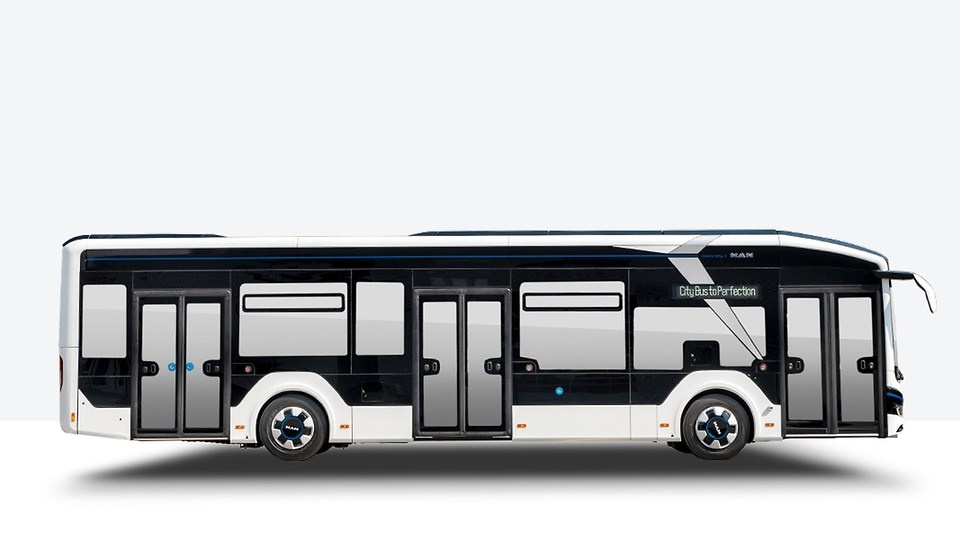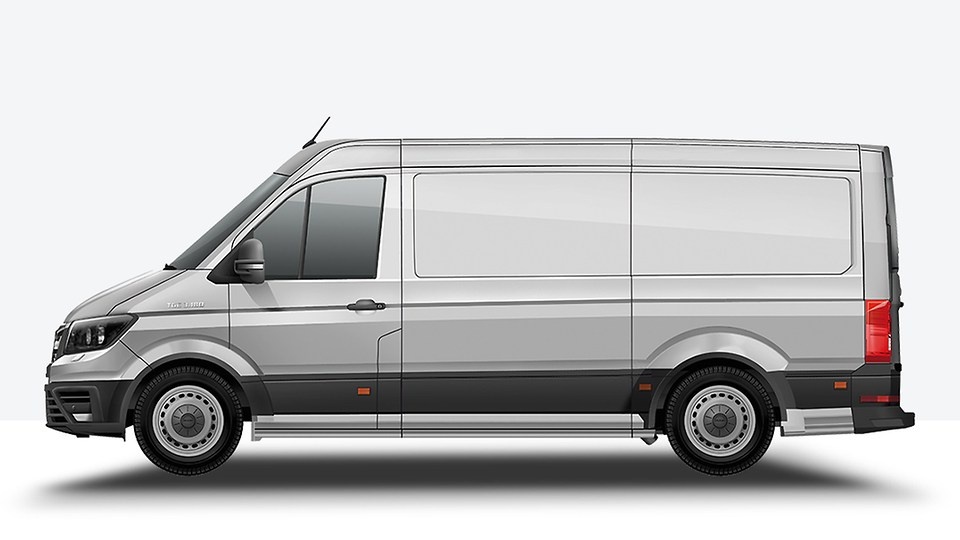At a glance
- Improved field of vision
Eliminating the exterior mirrors increases the direct field of vision. In addition, the blind spot on the driver’s and co-driver’s side is reduced. - Adapted views depending on the driving situation
By means of extended display views, the driver is provided with an excellent overview of the traffic situation and other road users during critical driving manoeuvres. - Display system in HD quality
The two high-resolution screens in the cab automatically adjust to the ambient brightness so that the camera image is always clearly visible.
Digital mirror replacement system for a perfect field of vision
With the innovative digital MAN OptiView1) mirror replacement system, conventional mirror arms are no longer needed.
MAN OptiView1) performs much better than conventional mirror systems: The use of exterior cameras increases the driver’s field of vision when looking out of the side windows. The displays show legally required fields of vision. In addition, adapted zoom or wide-angle views can be provided for certain driving situations, such as turning or shunting, so that the driver is ideally supported. The digital mirror replacement system is an optional extra subject to a charge.
How the digital MAN OptiView1) mirror replacement system works
The newly developed technology yields much better results than conventional rear-view mirrors.
Different camera views depending on the driving situation
MAN OptiView1) can create three different camera views, ensuring an ideal visual setting for the driver at all times. Switching between the display views on the displays inside the vehicle is controlled automatically depending on driving direction, driving speed and steering angle, but can also be done manually using the door control module on the driver’s and co-driver’s side.
The fields of view shown in the standard view are comparable to the field of view of conventional mirrors. A vertical and horizontal line divides the display view into four asymmetrical quadrants. These quadrants show the fields of vision of the exterior rear-view, wide-angle and curb mirrors. The camera images are digitally merged into a continuous image so that the areas alongside and behind the vehicle can be captured quickly and reliably.
In the zoom view, objects located further away – such as approaching vehicles in the adjacent lane – can be detected earlier. For this purpose, a clearly enlarged image section is displayed in the quadrant for the exterior rear-view mirror. The zoom view starts automatically at speeds above 60 km/h (37 mph) and can also be activated manually, for example when manoeuvring in reverse.
In this view, only the wide-angle area is displayed on the screens, so that the direct vehicle environment is covered without blind spots. The driver can choose between two modes: The city mode automatically activates the wide-angle view at a speed up to 45 km/h (28 mph); the cornering mode view is triggered at a speed of up to 50 km/h (31 mph) when the turn indicator is activated or a certain angle between vehicle and semitrailer is reached.
Available for the following truck models:
Do you need help?
Contact us now! We also offer the following services:
Disclaimer
1) Within the limits of the system.

